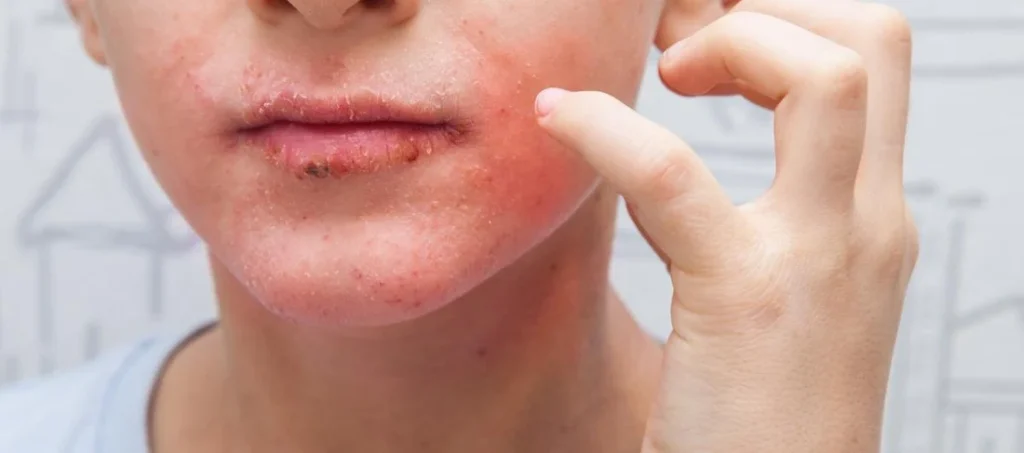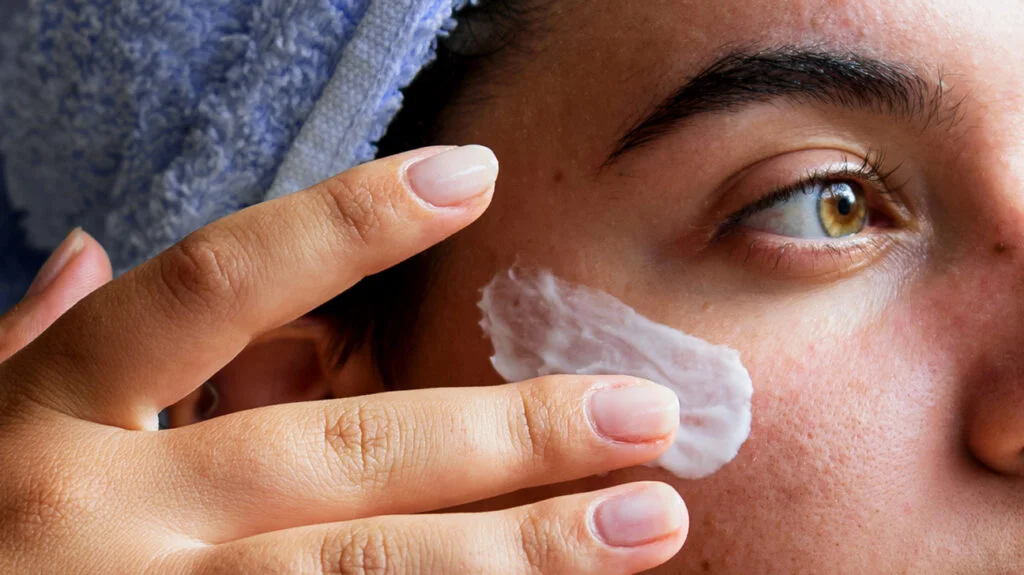Eczema, a common skin ailment, can be especially troubling when it appears on the face. Given its visibility, facial eczema can be both physically uncomfortable and emotionally distressing. This necessitates the use of specialized eczema creams that can provide relief. Today, we’ll explore a comprehensive guide to applying eczema cream on the face with the utmost precision and care.
Understanding Eczema on the Face

Eczema, or dermatitis, is a condition characterized by inflamed, itchy, and often scaly skin. When it manifests on the face, the symptoms can be heightened due to the face’s delicate skin. Common triggers include allergens, environmental factors, and even stress. Considering its vulnerability, the face demands specialized care. Eczema creams, tailored for facial use, are designed to hydrate, soothe, and reduce inflammation without causing additional irritation or clogging pores.
Selecting the Right Eczema Cream
Finding the right cream is pivotal. While there’s a plethora of over-the-counter and prescription options, some of which are seen as the best eczema cream, it’s essential to recognize that the face has unique needs. Consider creams that are non-comedogenic (won’t clog pores) and free from irritants. Ingredients like ceramides, hyaluronic acid, and colloidal oatmeal are often beneficial. Consulting with a dermatologist can prove invaluable. They can assess the severity of your eczema, discern potential triggers, and recommend creams best suited for your facial skin.
Preparing Your Face
Before any application, it’s imperative to start with clean, dry skin.
Gentle Cleansing: Use a gentle, hydrating cleanser. Avoid products with fragrances, alcohol, or other potential irritants. Massage the cleanser in circular motions, then rinse with lukewarm water.
Drying: Post-cleansing, resist the urge to rub your skin dry. Instead, gently pat your face with a soft towel, ensuring it remains slightly damp to lock in moisture.
Applying Eczema Cream

Correct application maximizes the benefits of the cream.
Dosage: Usually, a pea-sized amount suffices for the face. However, this can vary based on the cream’s consistency and the face’s affected area.
Even Application: Dot the cream across your face—forehead, cheeks, nose, and chin. Using gentle upward strokes, spread the cream, ensuring even coverage.
Massage: With a light touch, massage the cream into the skin, focusing on affected areas. This not only ensures absorption but also boosts circulation.
Special Considerations for Facial Application
Facial eczema can concentrate in areas like the eyelids, around the nose, or the lips. These areas demand extra care. Ensure your hands are clean, and use your ring finger for application, given its gentleness. Avoid direct contact with the eyes or mucous membranes. Always test new creams on a small patch to gauge any adverse reactions, especially when applying close to sensitive areas.
Post-Application Care
After the eczema cream, wait for a few minutes to ensure complete absorption. If you’re layering other products:
Moisturizers: If your eczema cream isn’t moisturizing enough, follow up with a gentle moisturizer to lock in hydration.
Sunscreen: Protecting eczema-prone skin from the sun is crucial. Once your cream is absorbed, apply a broad-spectrum sunscreen, especially during the day.
Regular facial care, including avoiding known irritants and maintaining hydration, can prevent exacerbations and maintain skin health.
Conclusion and Tips for Managing Facial Eczema

Navigating facial eczema can be daunting, but with the right techniques and products, you can achieve relief and skin comfort. Beyond topical treatments, remember to consider lifestyle factors, including diet, stress management, and understanding potential eczema triggers. Regular consultations with a dermatologist ensure that you remain on the right track, tailoring treatments as your skin’s needs evolve.





